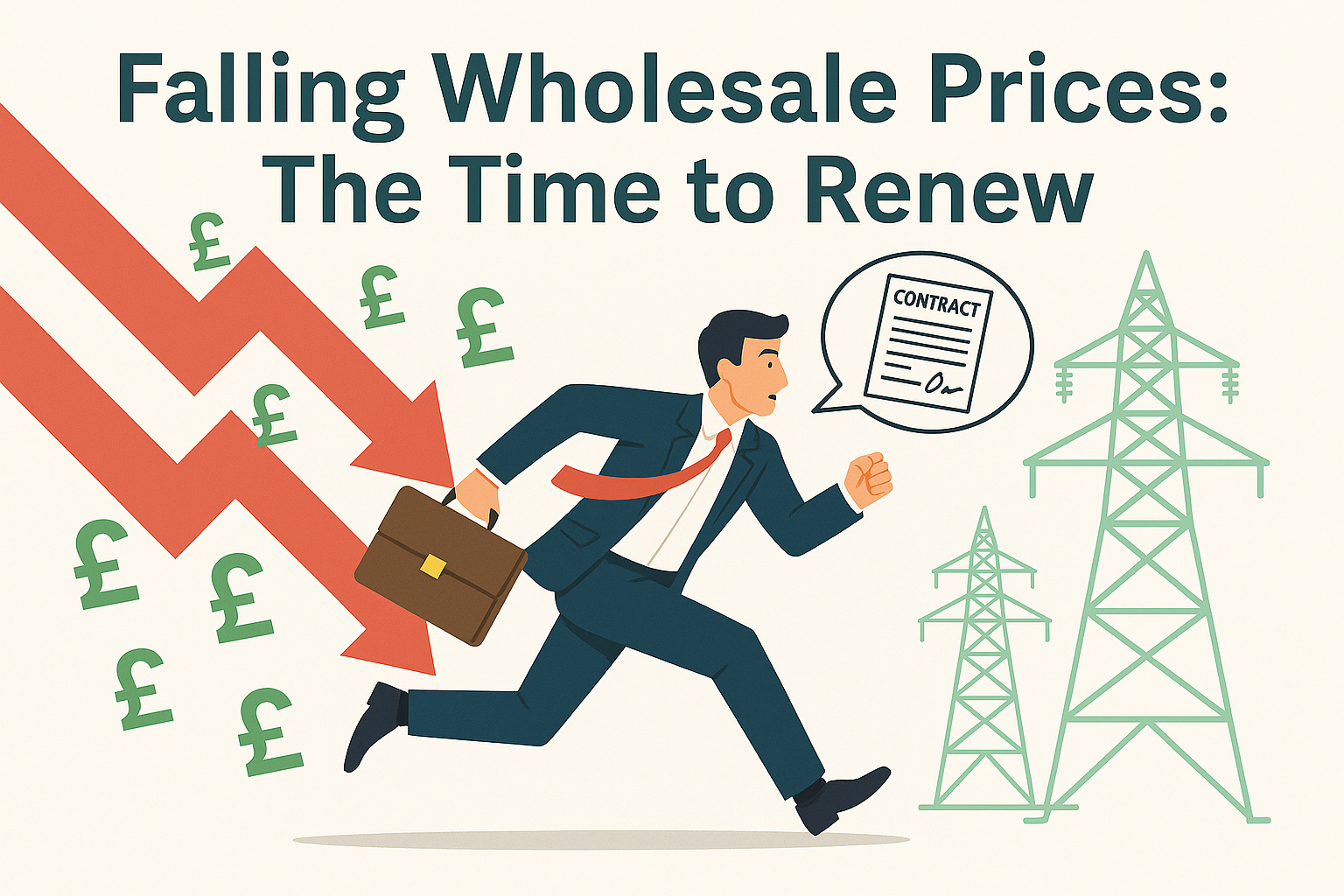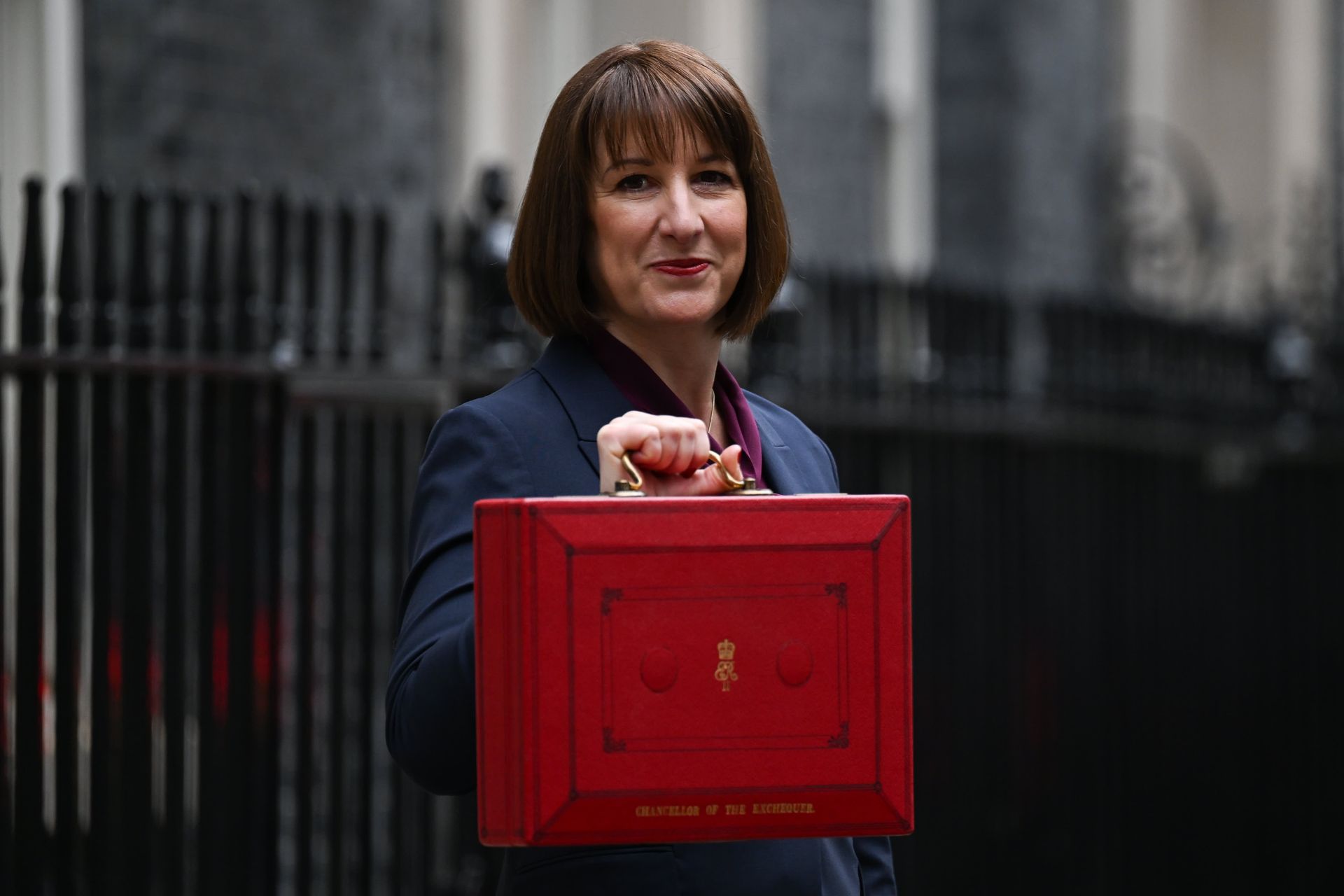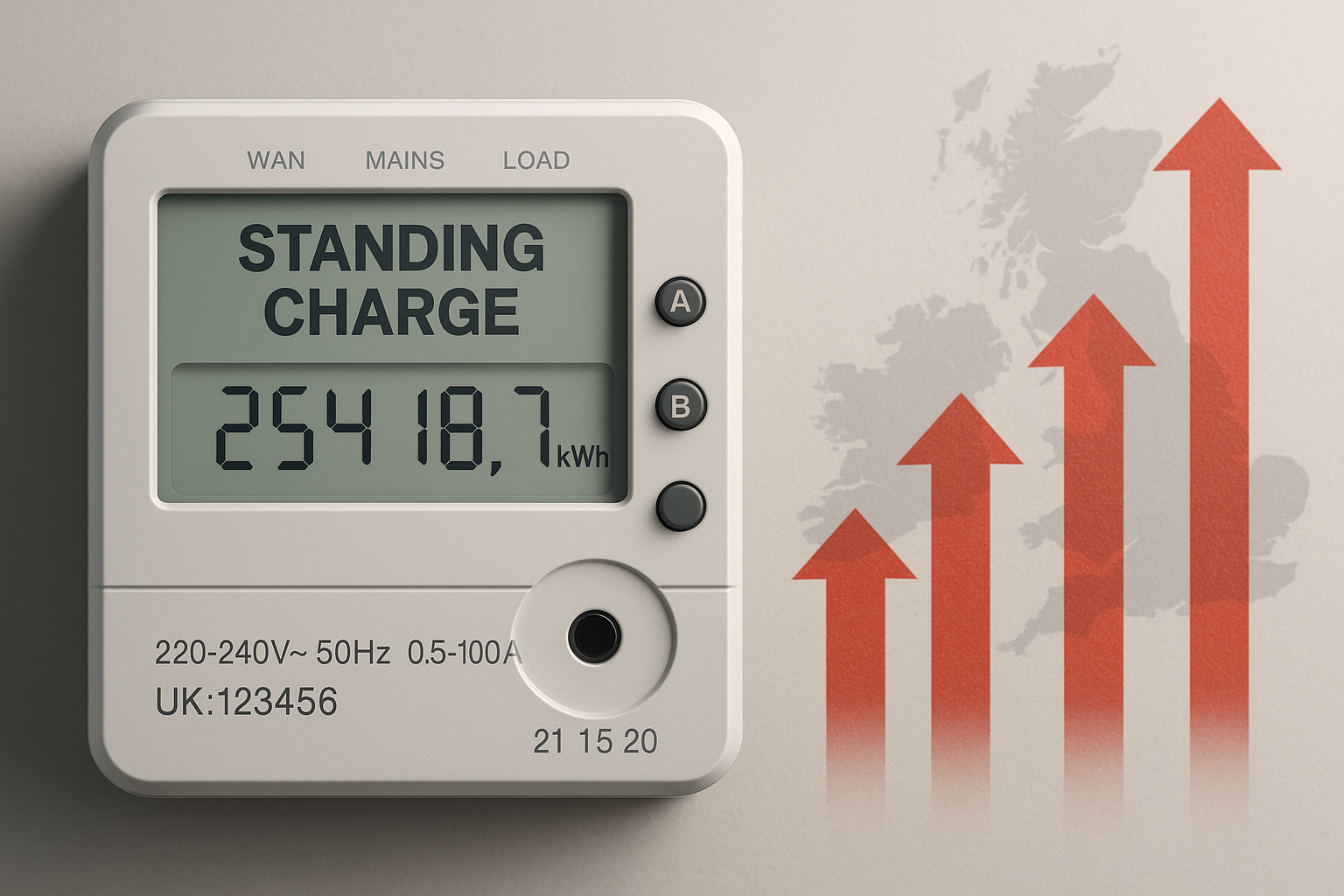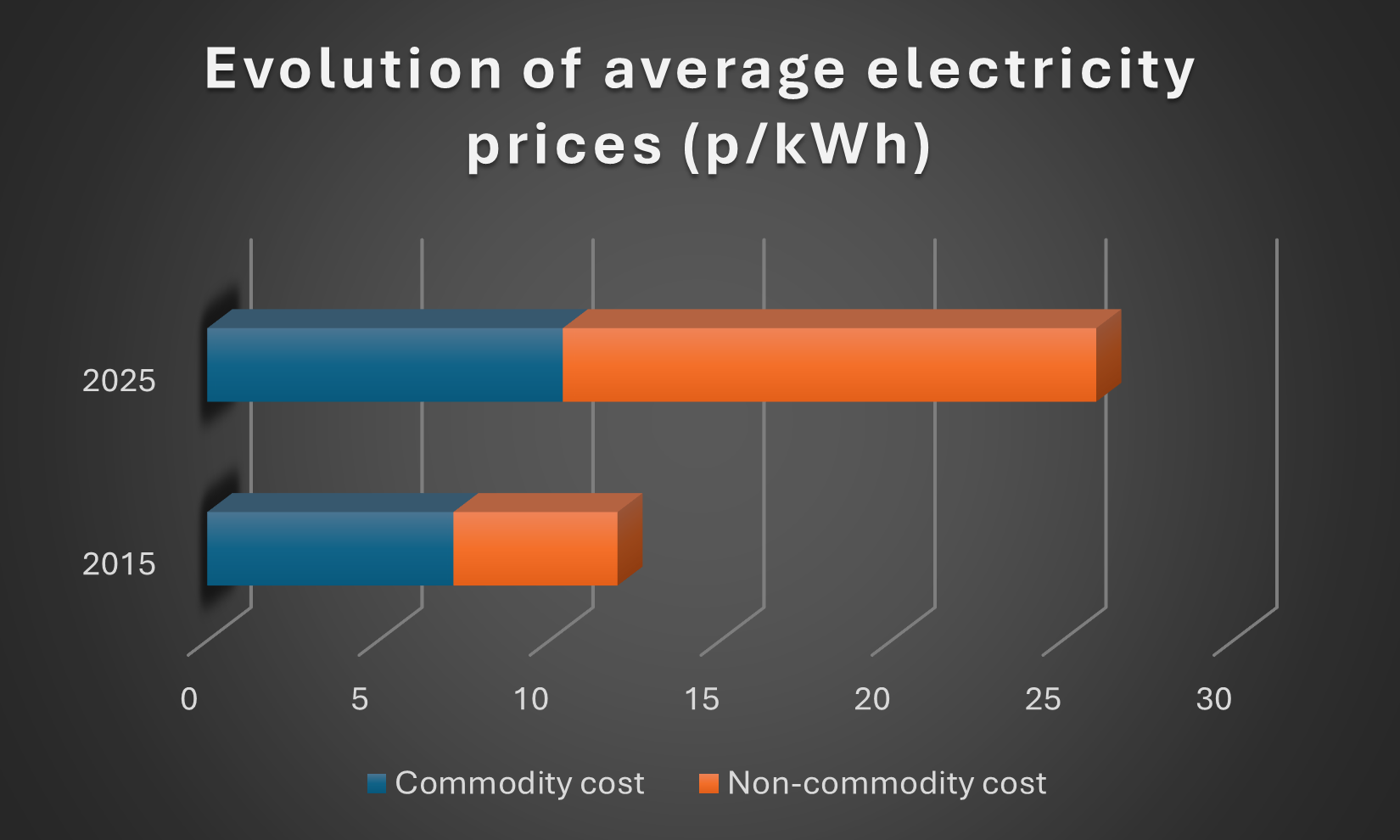Out of Contract Rates and why they should be avoided
With ongoing volatility in the energy market, it has never been more important for UK businesses to actively manage their gas and electricity contracts. One of the most costly mistakes organisations make is allowing contracts to lapse onto out of contract energy rates, also known as deemed energy rates.
These rates are significantly higher than standard contracted prices and can have an immediate and damaging impact on business energy costs.
What Are Out of Contract Energy Rates?
Out of contract energy rates are applied when a business energy contract ends and no new agreement is put in place. Instead of stopping supply, the energy supplier continues providing electricity or gas under a deemed or out-of-contract tariff.
These rates are also applied when a business:
- Moves into new premises without arranging a contract
- Takes over a site where no energy agreement is in place
- Allows an existing contract to expire without renewal
In many cases, deemed energy rates can be significantly higher than market rates -- sometimes double what a business would pay under a fixed or flexible contract.
Suppliers see that an organisation are not proactively managing their utility bills and take advantage by charging an inflated rate until a client is willing to commit to a fixed length of contract.
Why Deemed Energy Rates Are So Expensive
Suppliers charge higher rates because deemed and out-of-contract tariffs are:
- Short-term by nature
- Unhedged against wholesale market volatility
- Designed to encourage businesses to commit to a contract
Suppliers assume that businesses on deemed rates are not actively managing their energy procurement, and pricing reflects this lack of commitment. Importantly, out of contract energy rates are not fixed, meaning businesses are fully exposed to market movements.
The Risks of Staying on Out of Contract Rates
While there may be brief periods where falling wholesale prices reduce costs, this approach is extremely risky. Businesses on deemed rates face:
- Sudden price increases if wholesale markets rise
- Additional non-energy charges
- No budget certainty
- Higher overall costs than equivalent fixed or flexible contracts
Any potential benefit from falling prices is far better achieved through a flexible energy contract, rather than remaining exposed on out-of-contract tariffs.
How to Get Off Deemed Rates
If your business is currently on deemed or out of contract energy rates, the good news is that you can usually switch quickly.
Steps to Get Off Deemed Energy Rates:
- Confirm your current tariff status with your supplier
- Compare available business energy contracts across the market
- Secure a fixed or flexible contract that suits your usage and risk appetite
Once a new contract is agreed, your supply will move off deemed rates—often within days.
How to Avoid Out of Contract Rates in the Future
The most effective way to avoid deemed tariffs is proactive contract management:
- Track contract end dates well in advance
- Review renewal options up to six months before expiry
- Monitor market conditions to secure competitive pricing
- Use an in-house energy team or a trusted energy broker
Planning ahead ensures your business avoids unnecessary exposure and inflated charges.
Out of contract energy rates and deemed energy rates are among the most expensive ways to buy business energy. While supply continuity is guaranteed, the financial cost of inaction can be significant.
Understanding how to get off deemed rates and securing a suitable contract protects your business from volatility, improves cost certainty, and reduces unnecessary spend.
f your business is currently on out of contract energy rates, or you’re concerned about falling onto deemed tariffs when your contract ends, we can help.
We will:
- Review your current supply
- Compare live market options
- Help you move off deemed rates quickly and securely
📧 Contact us at admin@seemoreenergy.co.uk, or fill in the form below and one of our specialists will be in touch.
Contact Us









